Five years before the Fantastic Four would make their comic debut tackling the Mole Man and his legion of moloids you would find John Agar battling the under dwellers in the Universal Pictures classic monster movie The Mole People, and while these mole people may not have been in the same league as other Universal Monsters this film does have Leave it to Beaver’s dad as a co-star, so that’s something, right?
Like many science fiction movies of the day the filmmakers thought an opening narration was important to set the stage and in the case of The Mole People we get English professor Frank Baxter to explain to us all the crazy “Hollow Earth” theories which are supposed to explain how the premise of the film has some basis in reality. He is quick to point out that “This is science fiction, of course. It’s a fiction. It’s a fable beyond fiction, for I think if you’ll study this picture and think about it, when it’s over, you will realize that this is more than just a story told. It’s a fable with a meaning and significance for and for me in the 20th Century.” Now, after seeing this movie the only significance I got was that studying archeology is a good way to get yourself killed unless you’re someone like John Agar, that and don’t piss off mole people.
I certainly wouldn’t want to piss off these guys.
After that very informative introduction the movie proper begins and we meet the members of a scientific expedition exploring a remote mountain region in Asia, this team includes Doctors Roger Bentley (John Agar), Jud Bellamin (Hugh Beaumont), Paul Stuart (Phil Chambers) and Professor Etienne Lefarge (Nestor Paiva) and while puttering around they discover Sumerian tablet warning them of the power of the goddess Ishtar and a curse upon whoever uncovers the tablet, a curse which may or may not be responsible for the following earthquake and the discovery of an ancient oil lamp on the slopes of a nearby mountain. When Stuart questions the fact that the engravings on the lamp seem to indicate a Sumerian version of Noah’s Ark Dr. Bentley responds "Exactly. The flood has been proven to be a historical fact, why not a Sumerian version?” And sure, the Epic of Gilgamesh does contain a Sumerian account of the Great Flood but would one go so far as to call this historical fact? If thousands of years from now future historians find the works of Stephanie Meyer will the existence of sparkly vampires be considered a historical fact? Needless to say, this group’s archeological skills come into question quite often in this movie, that they actually find a lost city of Sumerians is more blind luck than skill.
Hell, Tarzan finds one or two lost civilizations before lunch.
As the expedition climbs up the lonely mountainside, dodging the occasional avalanche, they come across what looks like the ruins of a Sumerian temple but before they can do much exploring the ground suddenly gives way beneath Stuart and he falls to his death and one must wonder that maybe that curse wasn't all that fanciful? The rest of the group scale down after him only to find his mangled body and they seem strangely surprised at his death, which is a bit odd considering he fell over a hundred feet, but before they can make their way back up to the surface, a landslide rumbles down toward them and seals their exit. Searching for another means of escape, the remaining three explorers stumble across another large cavern containing the ruins of an ancient Sumerian city. The intruders are quickly captured and sentenced to death by the high priest (Alan Napier), who rules a race of albinos that are descended from the ancient Sumerians, lucky for our heroes Bentley discovers that his flashlight is a great tool in warding off people who have lived their whole lives underground. Much to the high priest’s dismay the king (Rodd Redwing) believes these so-called intruders are actually messengers of Ishtar and commands that they are to be treated as honoured guests.
Life Lesson: “When someone asks you if you are a god, you say yes!”
This lost Sumerian society isn’t all that it’s cracked up to be as their diet consists mostly of mushrooms and cave rats – we see that they have goats but I’m not sure how those things survive without grazing land – and all the work in this society seems to be done by a race of enslaved mole people, poor hunchbacked creatures that burrow through the earth to escape their master’s lash, but as well all know a good adventure film can’t exist without a love interest so good ole Bentley is given his own personal slave in the form of a lovely girl named Adad (Cynthia Patrick), whose natural Caucasian skin is disdained by the others and is considered a "mark of darkness" but how a few people have escaped the albino affliction is never explained, which is odd considering that 90% of this movie is exposition. There isn’t a lot of action in this film and most of what we get is simply our heroes running up and down rocky corridors, and as for the love interest, well, it has a very tacked-on feel to it and has the depth of a puddle in the Sahara.
Note: The original ending had Dr. Bentley and Adad living happily ever after but the studio was reluctant to imply an interracial relationship so they insisted on a new ending where Adad tragically dies after escaping the underground city. I guess the idea of a strawberry blonde Sumerian marrying an American was too much for audiences of the time.
Stray Observations:
• You know you’re in trouble when a film opens with an old white dude in a library explaining how what you are about to see is totally credible.
• I hate ancient tables that contain warnings of curses if you remove them, tablets that can only be read after removing said tablet, basically, gods can be real dicks and they clearly love a good Catch 22.
• Our heroes are supposed to be well-respected archeologists but the first thing they do is call Ishtar a Sumerian goddess when she was actually a Babylonian. Did they get their degrees from some low-rent community college?
• Whatever college these guys attended they clearly aced the course on speaking Sumerian as all three of them are completely fluent in this dead language, which is certainly an odd elective to be an expert in.
• The underground city they find is supposed to be Sumerian but throughout the film, all the writing we see is in the form of Egyptian hieroglyphics, which has me suspecting that the screenwriters of this film didn’t even go to a community college.
• To keep the population at a sustainable level people are occasionally sacrificed before the light of Ishtar, which is a dark but believable scenario, but the fact that they come out of the chamber of Ishtar looking like charbroiled briquettes is less so when it’s revealed that the light in the chamber is just sunlight.
They should have been wearing sunblock SPF 4000
Universal’s The Mole People is a bit of an odd duck when placed alongside their retinue of other classic monsters as the titular creatures are not the film’s primary antagonists and fit more in the mould of the sympathetic “monster” and it is they who end up saving the day and rescuing the hero and this puts The Mole People into the rather rare company of the science fiction genre films with somewhat complicated creatures. Make-up artist Jack Kevan did a great job in designing these bug-eyed hunchbacked denizens of the subterranean world but as most of the film is spent with a trio of rather bland “heroes” and not these shambling humanoids the film is really lacking in any form of excitement and even with Alan Napier hamming it up as a high priest there isn’t a lot here to recommend fans of classic monster movies.
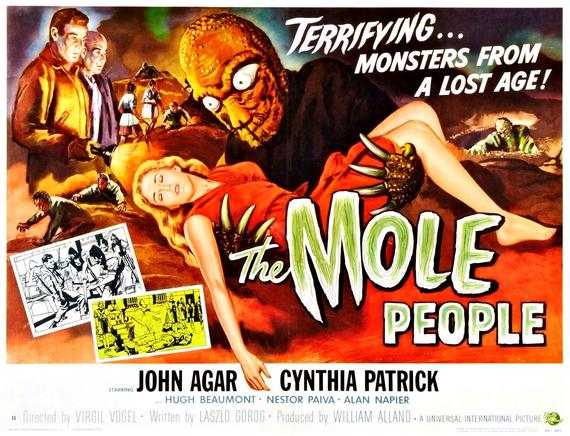
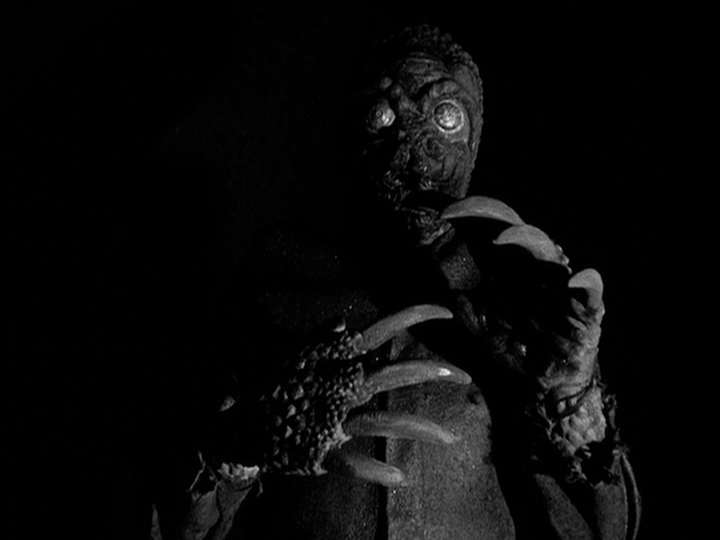
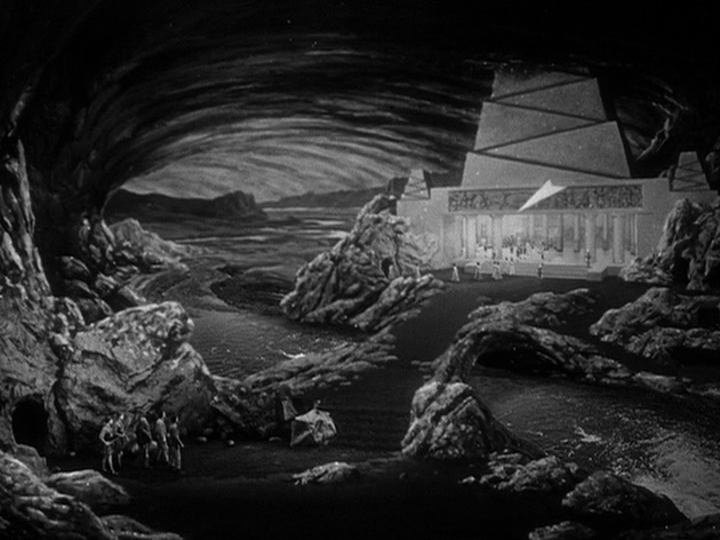
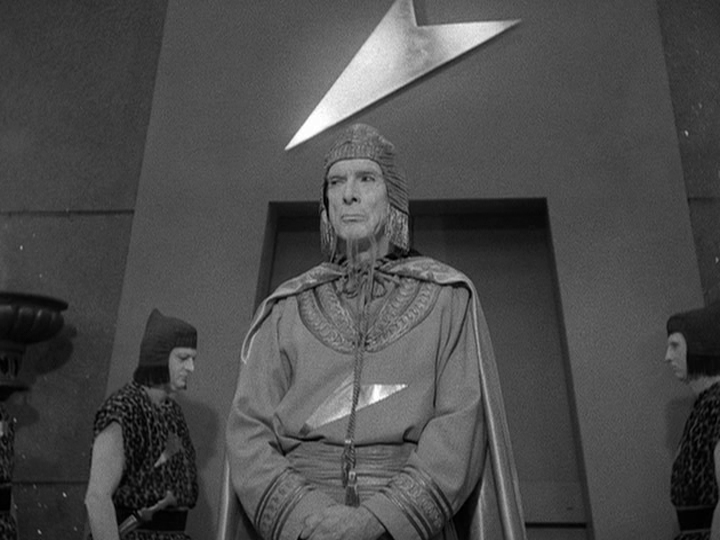
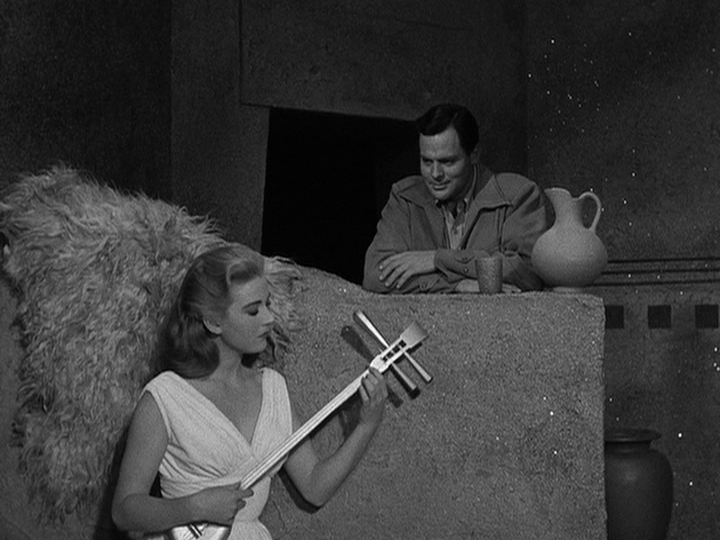
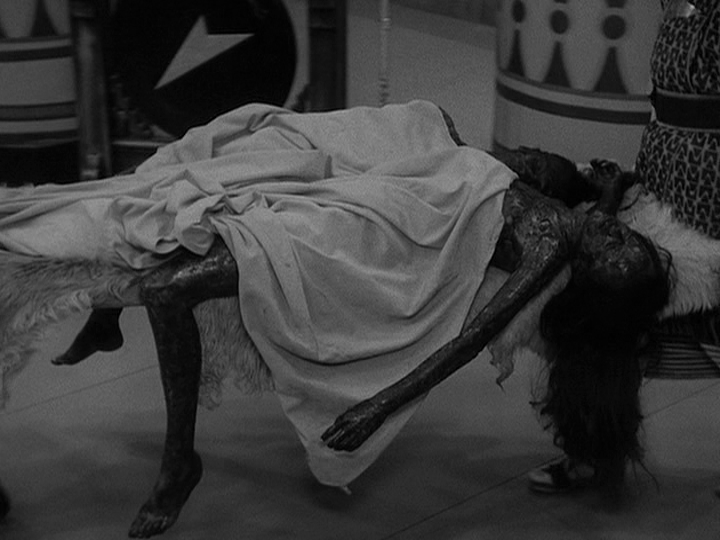

No comments:
Post a Comment